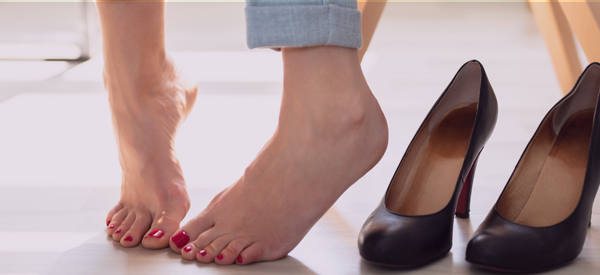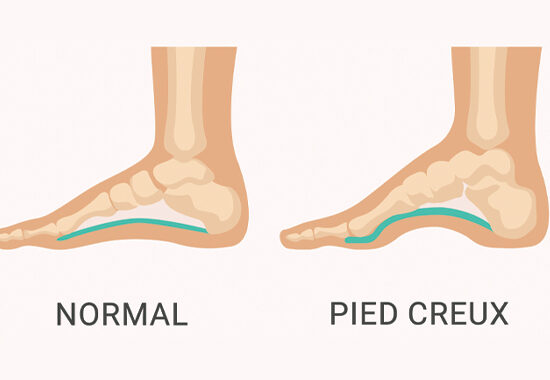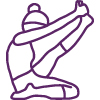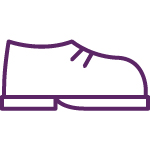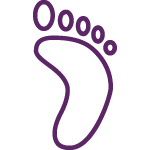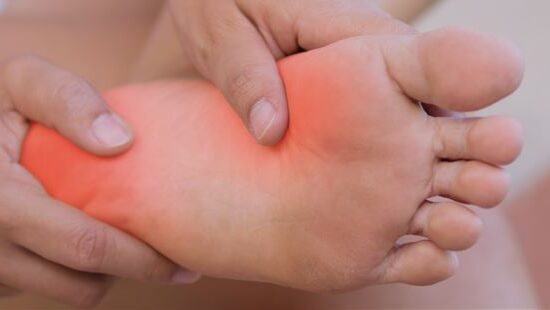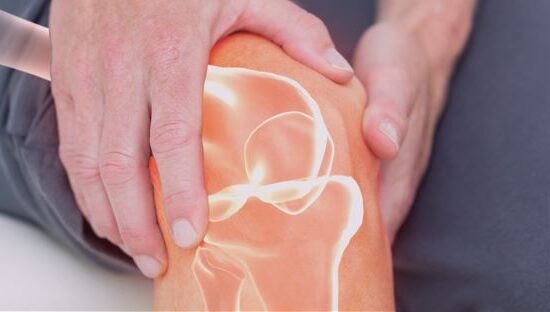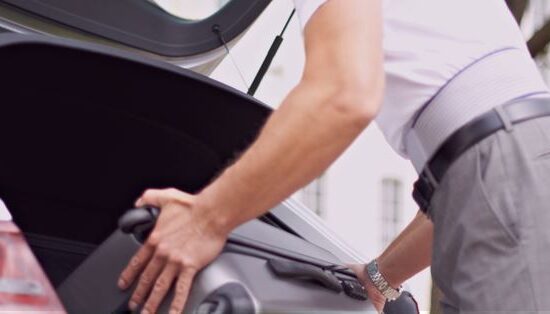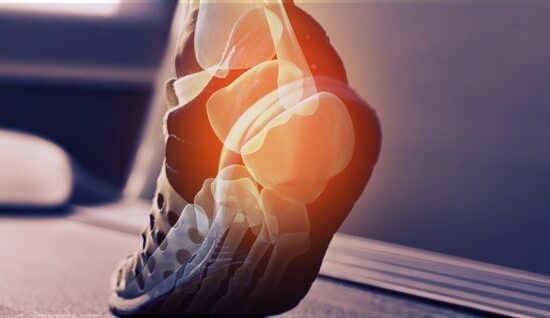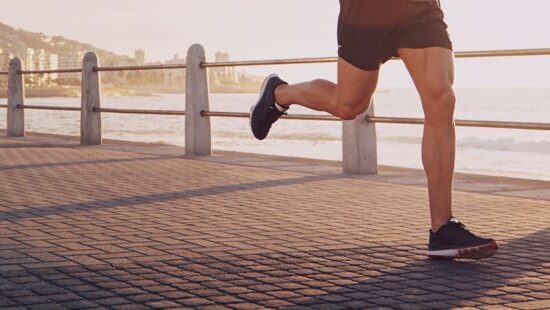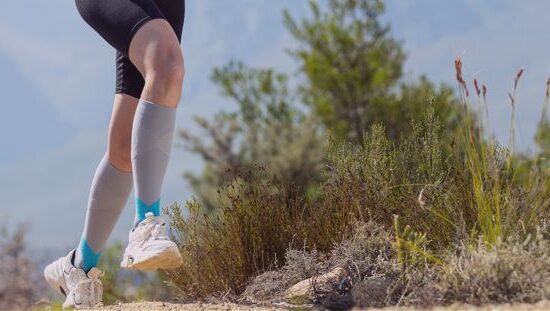Cavoid foot can affect your posture or cause other physical complications. This may ultimately keep you from participating in certain physical activities or sports. Here’s what you need to know about cavoid foot and how to treat it.
Cavoid foot origin
The most common origin of cavoid foot is neurological. People at higher risk of developing it are those with certain diseases, such as:
- Charcot-Marie-Tooth disease
- Cerebral palsy
- Neuromuscular diseases
- Spina bifida
What can cause cavoid foot
Acquired cavoid foot is rarer but no less uncomfortable.
It can be caused by musculoskeletal disorders, for example, when the dorsal flexor muscles are dominated by the plantar flexors.
Cavoid foot can also lead to trauma, such as a fractured tibia, peroneal nerve injury or any form of alteration that can cause the foot to arch. Athletes may develop cavoid foot through repetitive movements, eventually deforming the arch. Runners and classical dancers are more prone to it. Conversely, it can occur after long periods of immobility without using the feet.

